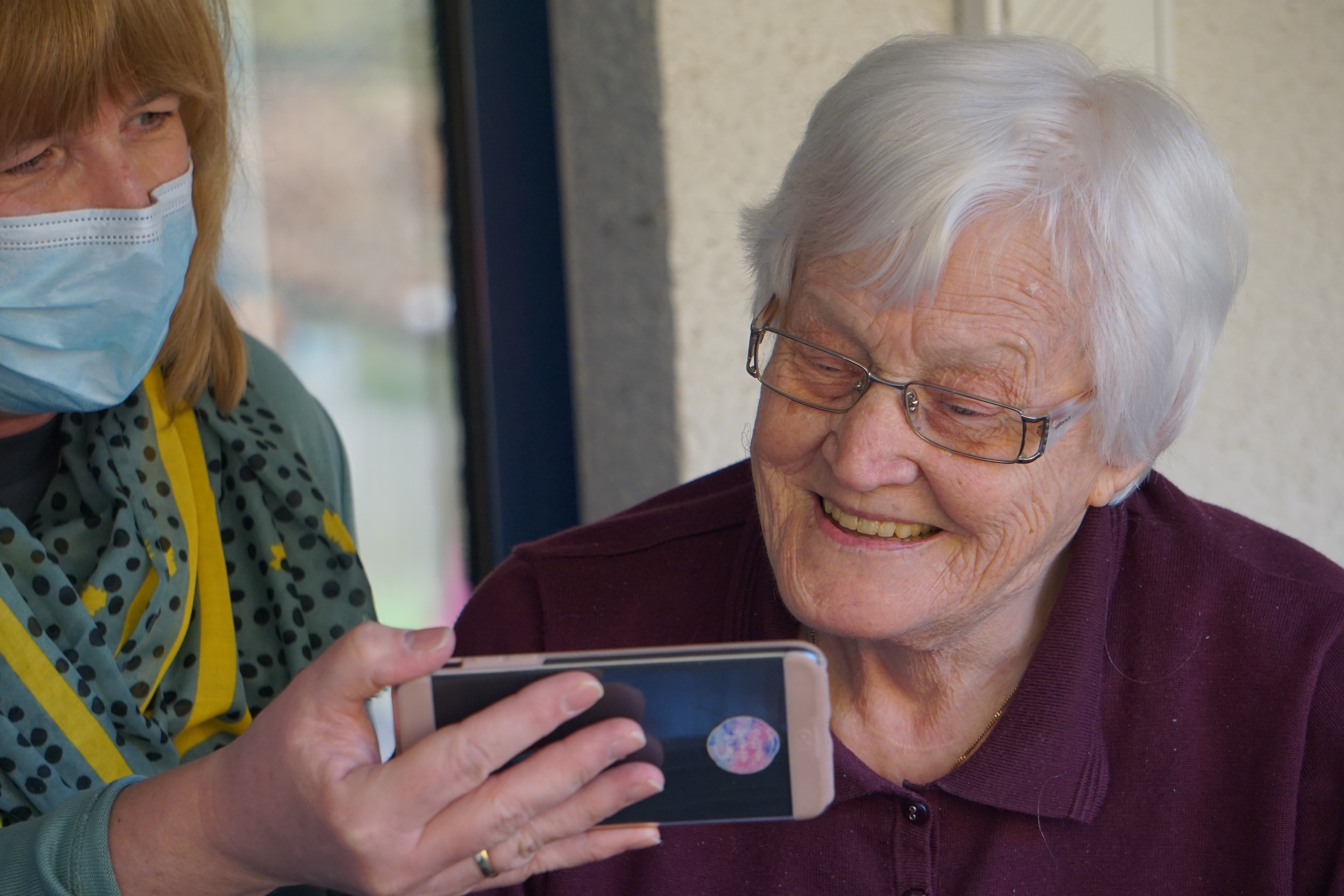
How to Protect Your Back as a Caregiver
6 Things You Can Do to Prevent Back Pain and Back Injuries
As caregivers, our first thought is about protecting and ensuring the safety and health of our patients or loved ones. Our own health and wellbeing can sometimes be an afterthought. However it is important that caregivers ensure their mental and physical well-being. In order for you to take care of someone else, you must take care of and protect yourself first; and this includes protecting your back.
Back and shoulder injuries can be some of the most common injuries among caregivers. This is because you are constantly bending and stooping over and even lifting and transferring patients or loved ones. There are a few things you can do as a caregiver to protect your back from injury and pain, including using proper lifting technique.
Stretch it Out
1Each day, before you begin the work of taking care of someone else, start by stretching out your muscles for a few minutes. Stretching helps to keep you limbre and more resilient. It also lowers your risk for back pain and injury. Don’t forget to also stretch throughout the day as needed. Try out these simple stretching exercises for the morning and throughout the day. Then, at the end of your day, stretch out again to relieve stress and muscle pain with these relaxing stretches.
Maintain Proper Posture
2It’s important to also maintain proper posture while sitting or standing. Keep your spine in line and avoid positions that cause your head and shoulders to slouch forward. When sitting, choose a chair that has good back support and sit with your feet on the floor. Choosing the proper footwear is also essential for both posture, protection and comfort. You want good arch support and cushioning. Also, skip shoes with heels.
Special consideration should be taken when you must bend over to help your charge. Avoid staying in bent over positions for prolonged periods of time. Also, avoid side bending or twisting when bent over.
Take Your Vitamins
3The stress of caring for others can sometimes affect our eating habits and thus, affect how well our bodies, including our muscles and bones, work. Ideally, you want to be eating a nutrient dense diet along with taking a daily multivitamin supplement. If your diet isn’t as healthy as it should be, consult your doctor about what other supplements you can take to help keep your muscles, bones, joints and immune system in top condition to keep you more resistant to back pain and injuries.
Eat More Fish
4Prioritizing your bone and muscle health can help to reduce the risk of straining your back muscles. Omega-3 fatty acids, such as those found in coldwater fish like salmon, have powerful anti-inflammatory properties that help support bone and muscle health. If you don’t enjoy eating fish, consider a fish oil supplement. Be sure to consult with your doctor before starting any new supplements–fish oil can raise the risk of abnormal bleeding if taken with blood thinning medications such as prescription anticoagulants and aspirin.
Use Proper Lifting Technique
5Using proper mechanics when lifting someone else is one of the most important ways you can protect your back, shoulders and neck from injury.
Follow these steps to safely lift your loved one or patient:
- Ensure that your feet are stable and as close as possible to the person being lifted. If possible, place one of your feet in between the feet of the person being lifted and your other foot on the outside for optimal stability.
- Face the person you are lifting then, slightly bend at the knees and squat in preparation. Hold your abdominal muscles and keep your back straight. This will add lifting strength and encourage additional power from your legs and arms.
- Ensure that you are as close to the person as possible so that you are not leaning over as this can cause excess strain.
- Attempt to lift in a smooth, flowing motion, pushing upward with your leg muscles.
Follow these steps to safely turn your loved one or patient:
- Distribute your weight equally between your feet for stability.
- Avoid bending forward as much as possible while turning your charge.
Don’t be afraid to ask for help when you need it to safely lift your patient or loved one. It is important that you protect yourself and your charge during these tasks.
Again, avoid using awkward body positions, especially while helping your loved one or patient during bathing, dressing and lifting. To help alleviate strain on the spine, muscles and joints, avoid twisting, bending and stooping.
Consider Wearing a Back Brace
6When you are lifting or turning a patient or loved one, consider wearing a back brace for support. Back braces keep your lower back strong so you can support the weight of another person. Using a back brace in conjunction with proper mechanics can help significantly reduce the risk of injury. However, in order to do more good than harm, it is essential that your back brace fits properly so it does not cause injury or even impaired circulation. To reduce injury caused by an ill-fitting back brace, have a trained health care professional help you.





